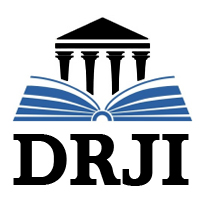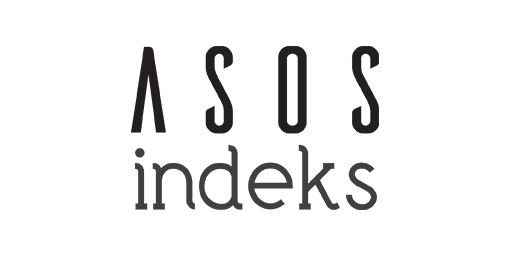KÜLTÜREL MİRAS ETKİ DEĞERLENDİRME (KÜMED) VE STRATEJİK ÇEVRESEL DEĞERLENDİRME (SÇD) KAVRAMLARI İLE KÜLTÜREL MİRASIN KORUNMASI VE KÜLTÜR TURİZMİNDE ÜST ÖLÇEKLİ PLANLAMA İLİŞKİLERİ
DOI:
https://doi.org/10.32955/neujna202371684Keywords:
HIA, SEA, Upper-Scale Plans, Cultural Heritage, Cultural Tourism, Spatial Strategy PlanAbstract
The Cultural Heritage Impact Assessment (KÜMED), which deals with the impact of plans and projects developed on the heritage elements, and the Strategic Environmental Assessment (SEA), which is brought to the agenda in the Turkish Spatial Strategic Planning drafts, are seen as potential concepts that can be integrated the planning process in terms of the protection of cultural heritage and the sustainable development of cultural tourism with their objectives, strategies and measures.The aim of this study is to emphasize the importance of the concepts of HIA and SEA, and to reveal the role of integration of these concepts in the upper scale planning and spatial strategic planning process in holistic planning. HIA is a new and important tool in establishing a balance between the protection of cultural heritage and development proposals. In this sense, it also refers to the HUL (Historical Urban Landscape) approach, which emphasizes the importance and integrity of the relationship between the new and the historical. SEA, on the other hand, is the evaluation of the possible negative effects of a plan, program or policy on the environment by ensuring the active participation of the public. In this context, ensuring the integration of HIA and SEA ensures that holistic planning approaches can be put forward for the protection of cultural heritage and the development of cultural tourism. Upper-scale plans, which form the basis of holistic planning, are important in terms of developing appropriate targets and policies for the future. In addition, it can establish healthy relationships and associations between regional/local and national scales, strategic and spatial plans. Today's planning system seems to be stuck between upper-scale actions that develop strategies and spatial planning. In upper-scale planning, which is the unifying element of culture and tourism, there is a need for a planning system in which the spatial and strategic planning produced on these issues can be carried out in coordination. In this context, it is important to establish a relationship between SEA and HIA with spatial strategic planning, which has an important place in upper scale planning, in order to protect cultural heritage and ensure healthy development of cultural tourism.







